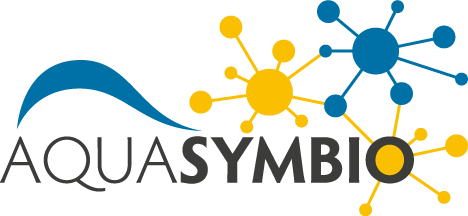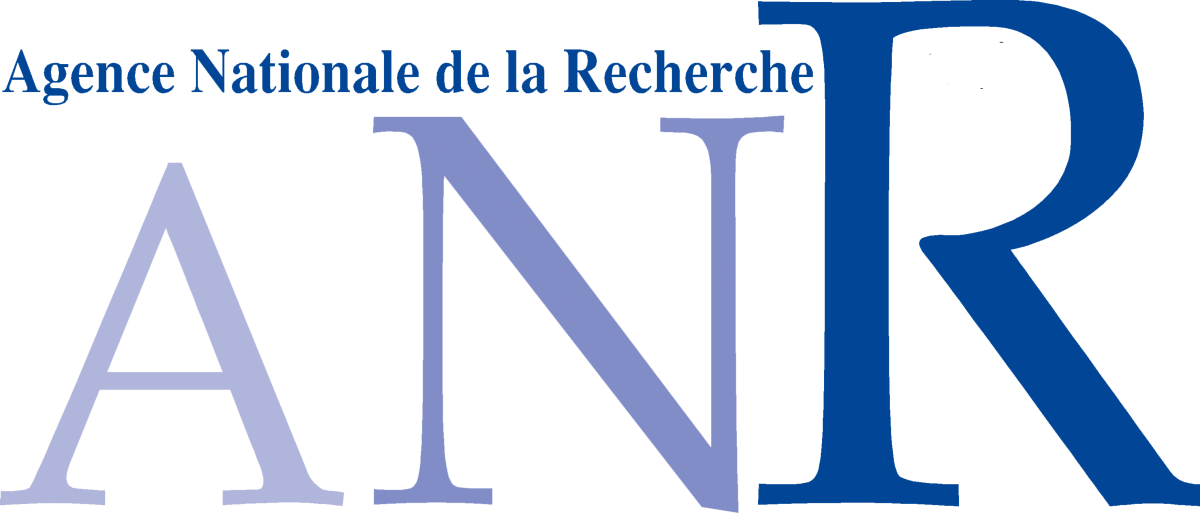Chytriodinium sp. Atlantic clade
Diagnosis
Chytriodinium like parasite, infecting egg still in sac fram Atlantic Ocean. Egg sac contains 5 or more eggs, with about 40-60 µm dimater. Infected eggs showed one to several sporangia, with 50-70 µm of diameter (multiple infections frequent). A chain of dinospores was coiled within a fine hyaline membrane of the sporangium. The sporangium remained attached to the copepod egg and more than 60 dinospores were released when the membrane was lysed. Dinospores are about 8-9 µm long.
Body_trophont_length: 50-70 µm
Body_spores_length: 8-9 µm
Sequence_SSU_ITS_LSU: KM245125, KM245126, KM245127, KM245128, KM245129
Type species
The type species for the genus Chytriodinium roseum.
Type illustration / Type locality / Type specimen
Type host: copepod eggs
Ecology
Substrate: epizoic
Salinity: marine
Life cycle
Generation: <1 month
Reproduction_mode: asexual
Symbiont: horizontal
Feeding behaviour
Mode of locomotion
Reference(s)
Attached phylogeny
Observation site(s)
HOSTS
| Association with... | Region origin | Name of site | In reference... |
|---|---|---|---|
| Copepoda | Bahia Fosforescente |
(2015) Molecular Phylogeny of the Parasitic Dinoflagellate Chytriodinium within the Gymnodinium Clade (Gymnodiniales, Dinophyceae). Journal of Eukaryotic Microbiology 62:422 - 425. doi: 10.1111/jeu.2015.62.issue-310.1111/jeu.12180 |
|
| Copepoda | Sao Sebastiao Channel |
(2015) Molecular Phylogeny of the Parasitic Dinoflagellate Chytriodinium within the Gymnodinium Clade (Gymnodiniales, Dinophyceae). Journal of Eukaryotic Microbiology 62:422 - 425. doi: 10.1111/jeu.2015.62.issue-310.1111/jeu.12180 |
|
| Oithona cf robusta | Sao Sebastiao Channel |
(2015) Molecular Phylogeny of the Parasitic Dinoflagellate Chytriodinium within the Gymnodinium Clade (Gymnodiniales, Dinophyceae). Journal of Eukaryotic Microbiology 62:422 - 425. doi: 10.1111/jeu.2015.62.issue-310.1111/jeu.12180 |












